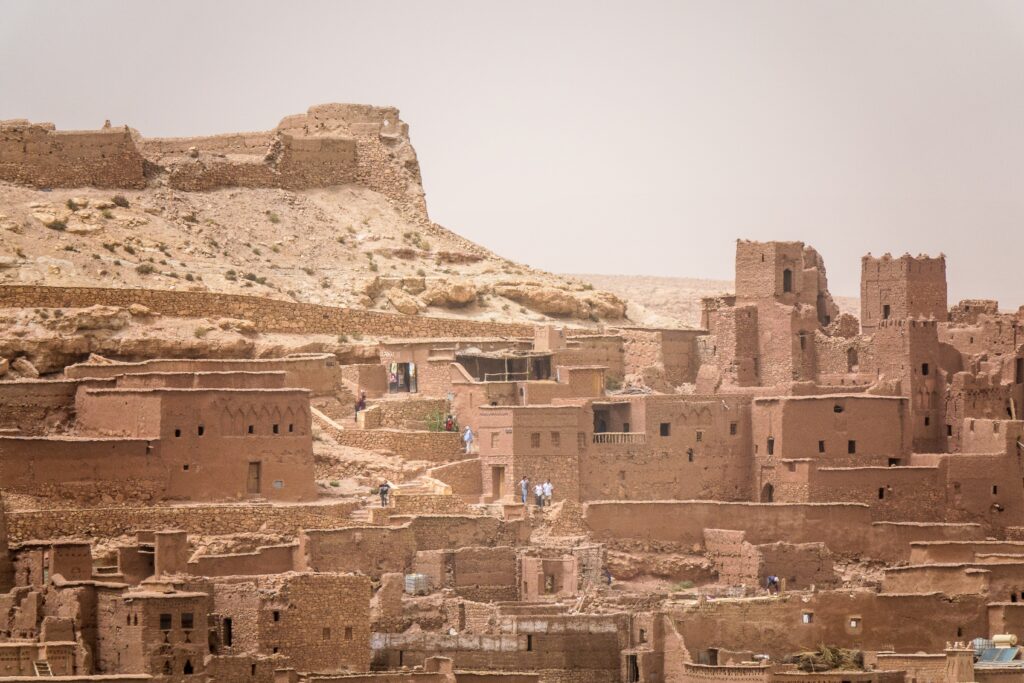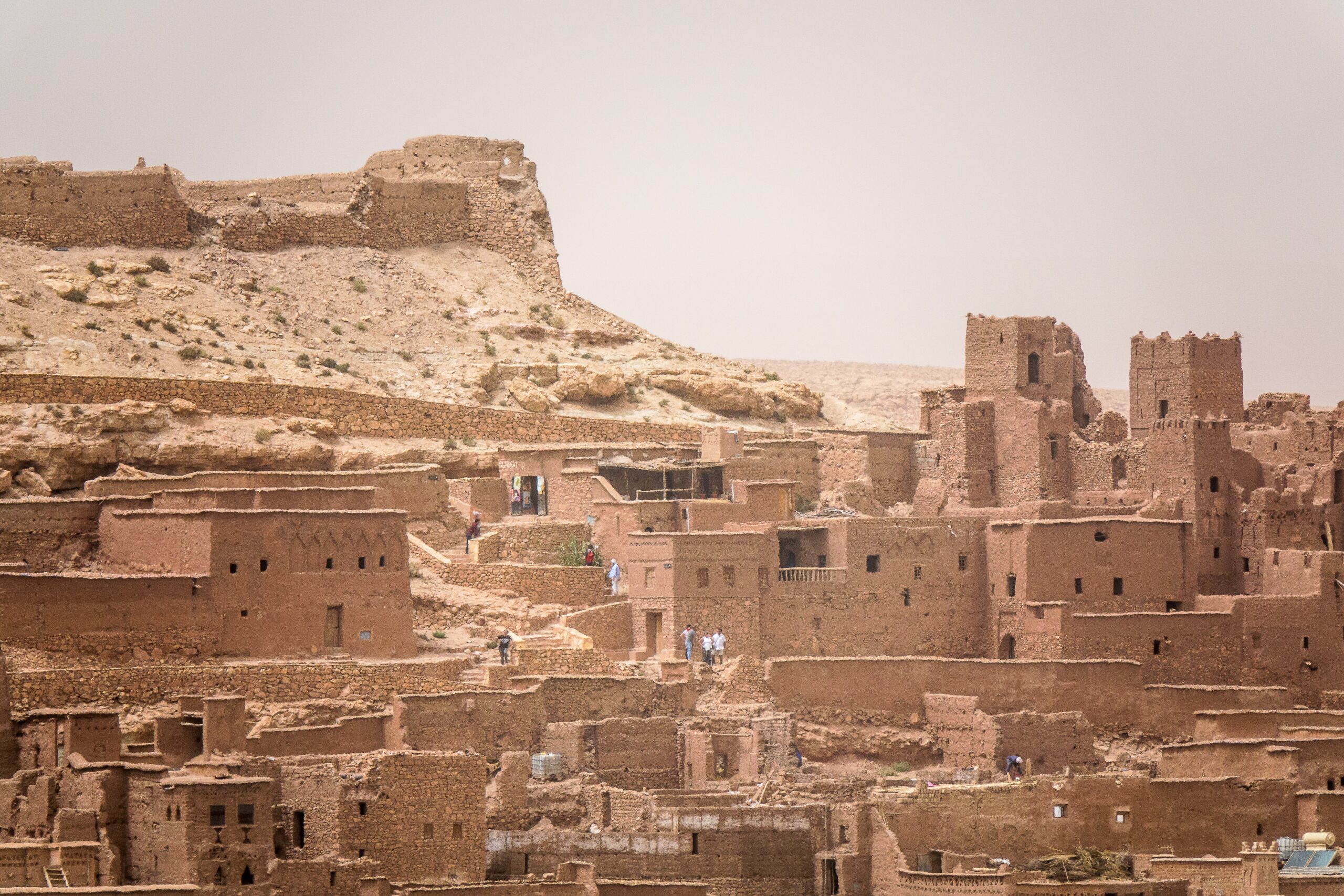
Through its streets once flowed, in extraordinary abundance, the river of generosity thanks to Mansa Musa I. The king of the Mali Empire delighted in distributing, far and wide, the wealth that overflowed from his coffers back in the 14th century. Timbuktu, which would later become the spiritual and intellectual capital of Islam in Africa, still preserves from those days its beautiful madrasas—unique and astonishing—that the generous hand of Musa I helped to build alongside schools of arts and trades. Today, these unique treasures are World Heritage Sites.
At first glance, Timbuktu seems like a city frozen in time. Set in the middle of the vast desert plain of its host country, the Republic of Mali, it burns year-round under the blazing sun of West Africa. Sixty thousand people live here, and in remote times it was a prosperous enclave, where the generosity of Mansa Musa I, its ruler, was the key to its flourishing in the 14th century.
Today, this ancient city, which resembles more a fragile village molded in baked clay, has stretched toward all four cardinal points and has become the thirteenth most populous city in the country. Yet beyond its size, it is recognized as a World Heritage Site for its astonishing temples. These unpretentious structures, tall and colossal, with entirely original forms, are built from the only material found everywhere: clay. Their distinctiveness lies in the striking visual effect created by toron poles, inserted decoratively along the edges of the façades. They are unique mosques, bearing Africa’s own architectural hallmark, and, as such, oriented toward Mecca. Built between the 14th and 15th centuries, they remain today centers of strong religiosity and active pilgrimage.
This land, close to the waters of the mighty Niger River, was once ruled by one of the most prosperous and generous men of the ancient world: Mansa Musa I. This ruler, whose reputation for extreme generosity spread across continents at a time when communication was precarious, built an empire through his talent for commerce. With the same keen judgment, he chose the then-unknown Timbuktu as a seat of power for reasons tied to his successful trade strategy. Thanks to its unmatched geographic location, this enclave had long served as a meeting point for men and their goods in sub-Saharan Africa. Here, goods from across the continent of ebony naturally converged, to be traded skillfully by Western merchants with the nomadic populations of the East. It was a source of prosperity for Musa himself, which he, without hesitation, distributed among the city’s people: he built temples, raised schools, fed the poor and widows of his time, and provided costly medicines to those who could not afford them.
The Most Remarkable Features of an Overflowing Philanthropy
Mansa Musa’s way of practicing philanthropy had, for that era, an original, intelligent, and, by today’s terms, even strategic flair—both whimsical and effective. These traits unfolded with mastery when, in the mid-14th century, this exceedingly generous king set out on a journey across the desert. His goal was to reach Mecca, the pilgrimage every Muslim strives to undertake at least once in a lifetime.
To achieve it, he launched a caravan of massive proportions, believed to have been composed of 70,000 people. Among its ranks were his personal guard, his army with its best soldiers, high officials and his wives, infants still at the breast, a court of servants and cooks, and endless lines of camels laden with water and chests of gold. Thus, history recounts, the king crossed the desert in a straight line to complete the five thousand kilometers separating him from his final pilgrimage destination in present-day Saudi Arabia.
During the long months of odyssey through the desert, the caravan stopped to rest in Egypt. There, where the entourage remained for some time, the flow of gold donations to the poor was so abundant that, even today, history records the days when Musa I’s stay temporarily caused inflation in the country. Along his route, he also handed over vast sums of money to local authorities to build temples and schools wherever they were needed. In this way, he fulfilled two of his most cherished goals: to serve as an instrument for the spread of his Islamic faith and to ensure that his name and fame reached the farthest corners of the ancient world. Both objectives, it seems, were fully accomplished.
Mansa Musa finally reached Mecca and later returned to Timbuktu, where he continued to open the coffers of his immense generosity. For a long time, along the routes leading from Africa to Mecca, thousands would wait each year by the roadside, hoping to catch sight of the prodigal king and his splendid entourage, moving slowly across the desert sands.




